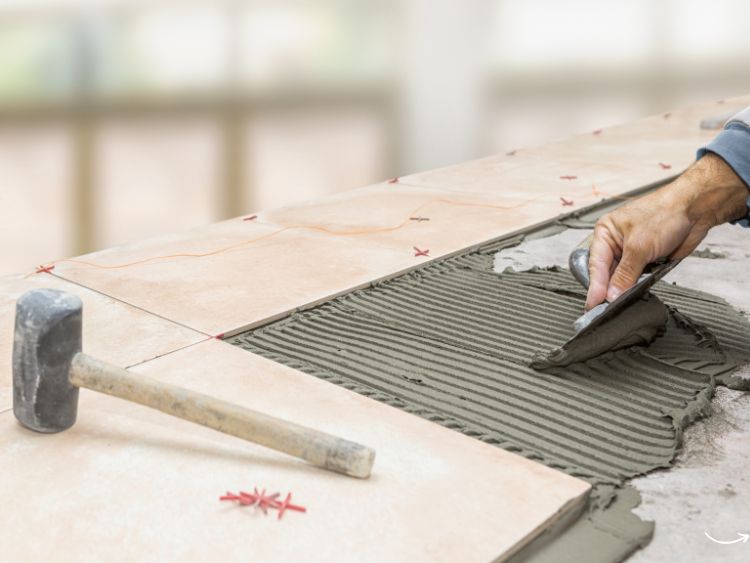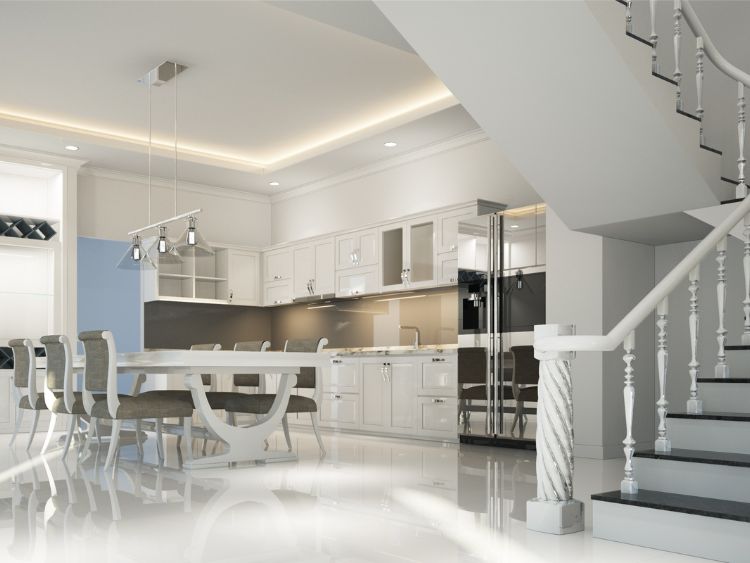With breakfast bars and dining counters more popular than ever, Rattan Counter Stools have quickly become a kitchen essential. But before you scoop up a set, there’s a lot to consider, like do you want to swivel, stay stationary, or simply sit comfortably? From height to style to bonus features, we’re breaking down all your options so you can pick the best seat for your house.
Choose a Height
There’s nothing worse than a bar stool that’s too tall or too short—not only will it be uncomfortable; it will also look disproportionate. Here, we break down the two most common bar stool heights, and how to choose between them.
Counter Stools
At 24″ – 26” high, counter stools pair best with surfaces that are 36” off the ground. This is the standard height of kitchen counters and islands, so this type of bar stool will work great for your dining areas.
Classic Bar Stools
Standard bars are around 42” high, so bar stools with a height of 30” are your best bet for a wet bar at home. (And that’s actually the same size bar stool you’d see in restaurants and bars.)
Choose a Design
Bar stools come in an array of shapes and styles, so before making a decision, it’s important to consider both your comfort needs. Do you want arm rests, a back, footrests, or adjustable height? Along with considering your needs, find a style that will complement your space. Here, the three most common styles you’ll find.  
Backless
A simple backless bar stool is perhaps the most common design. Typically round, these stools are perfect if you’re looking to save space and prefer to keep stools hidden beneath your counter. Keep in mind, however, that backless stools might not always be the most comfortable option, and may keep your guests from sitting too long.
With Arms
Bar stools with arms are a great option if you sit in them often. Just a reminder to choose a bar stool with arms that will slide under a counter.
Swivel Stools
Bar stools can be heavy, so choosing one with a swivel function prevents you or your guests from struggling to scoot back and forth from your counter. Though the swivel function is convenient, it may not be suitable for households with lots of young children.
Upholstered Stools
If your kitchen counter is your main dining area, you may want to consider an upholstered style. Not only are they more comfortable than non-cushioned styles, they’ll add an air of formality to your counter-top dining.
In addition to surface height, it’s important to know the length of your home bar or countertop before purchasing bar stools; this measurement will directly determine the number of stools you’ll need for your space. To ensure proper bar stool placement, every bar stool should have approximately 21″ – 24” of space. Put differently, there should be about 26″ – 30” between the center of one stool to the center of the stool sitting next to it. This ensures ample space for dining and drinking without elbowing your neighbor.
Frame Materials
Like any other piece of furniture, when it comes to choosing your bar stools, material matters. Whether you’re looking to fit a particular style, or for a durable material that can stand up to heavy use, weight the pros and cons of the most common bar stool materials below.
Wood
Wood bar stools are a solid (albeit expensive) option that can fit with nearly any style aesthetic. For added comfort, opt for a wooden bar stool with an upholstered cushion—but keep it inside. If you’re looking to use wood bar stools outside, choose denser woods like teak, eucalyptus, and acacia, which are the most weather- and insect-repellant woods.
Metal
Bar stools made of metal typically have a sleek silhouette, making them especially suited to small spaces and those with more industrial or modern aesthetics. Keep in mind, metal barstools should always be used inside to prevent rusting.
Rattan and Wicker
Rattan and wicker bar stools have a casual, timeless appeal that make them as suited to the kitchen as they are to the sunroom. They’re lightweight enough to move around, but keep them to covered spaces, unless they’re made of all-weather wicker.


